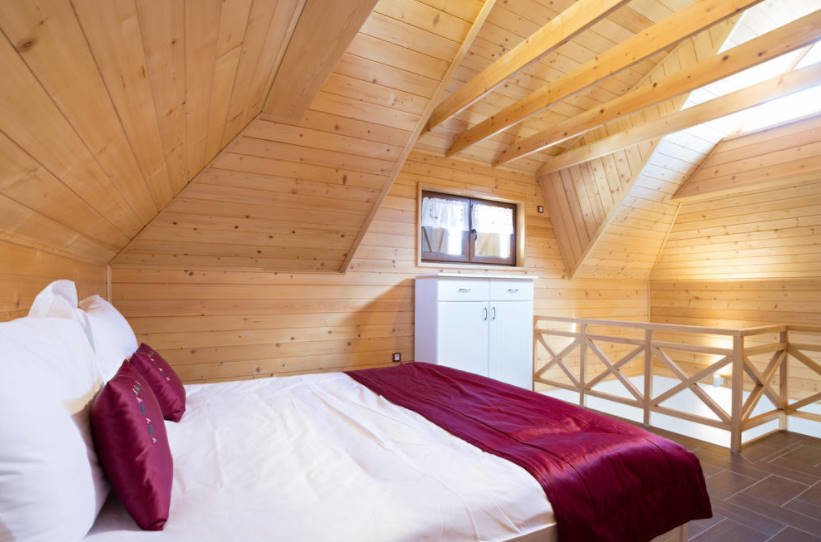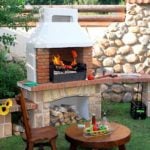How to insulate the attic to make it cozy at any time of the year? Many people who start working independently (without the involvement of specialists) face difficulties. They have a lot of questions: “how to conduct high-quality insulation of the roof?”, ” What materials to use for floors?”, ” What is the optimal thickness of the insulation layer?”etc.
We have collected the most frequently asked questions and decided to give answers, going from the first to the last stage of the work. First, about the main thing.
What is the importance of warming the attic?
The roof of the attic is the “hood of the house”, which protects it from precipitation, and the attic room – from cooling and overheating. It is established that the heat loss through the attic floors and roofs can be from 16 to 20% of the total volume. This is due to the fact that the warm air rises, and the temperature under the roof becomes about 2 degrees higher than in the attic room. In addition, warm air is usually more humid than cold air, which leads to a greater chance of condensation.
Another advantage in favor of a strong insulation of the roof is the prevention of icicles. In winter, when the heat rises from the roof, which is not sufficiently insulated, the snow begins to melt quickly, and the water flowing down at a negative temperature turns into icicles.
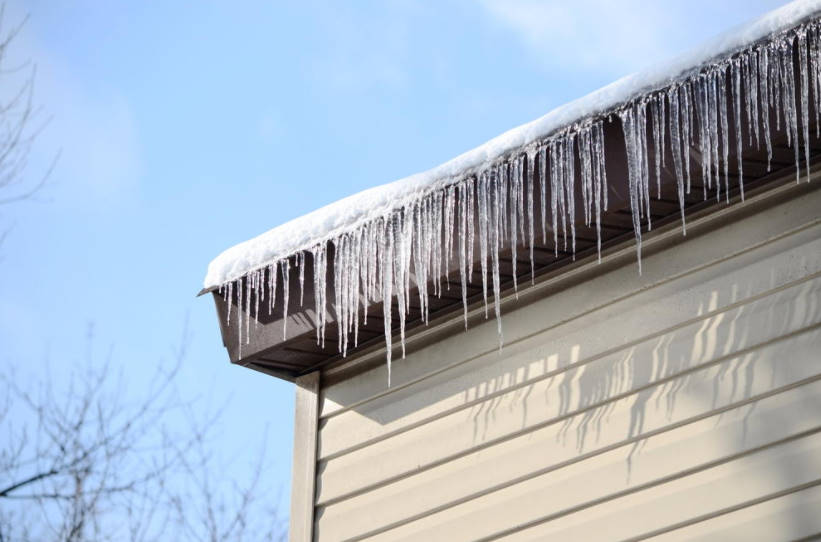
In summer, thermal insulation is also indispensable: in the hot season, the outer surface of the roof can heat up to + 70…+80 ° C (158-176°F), and the indoor temperature rises to +40…+ 50°C (104-122°F). Proper thermal insulation allows you to maintain a comfortable temperature inside the attic in winter and summer. Therefore, the thermal protection of the roof is one of the most important stages of the overall thermal insulation of the attic. And here comes the second question.
How to insulate the roof?
A reliable roof must be made of a strong material, fire-resistant and environmentally friendly. This applies equally to both the roof and its insulation. Insulation of sloping attic surfaces requires a light material with low thermal conductivity, which fills the space between the rafters, leaving no gaps and places for drafts.
One of the most popular insulation materials is STONE WOOL slabs, which, thanks to a special technology, have a spring edge that provides a tight connection on all sides. In accordance with the existing standards and taking into account the recommendations of specialists, insulation with a thickness of 150 mm (5.9 inches) is considered effective for the roof.
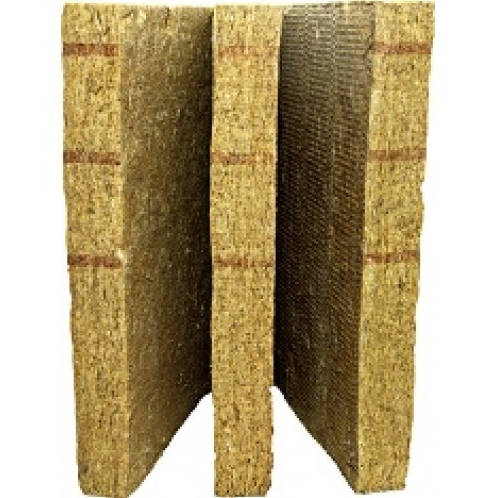
It varies depending on the geographical location. So, residents of the Central region need to insulate the roof with a layer of at least 200 mm (7.9 inches) thick; in the South, 150 mm (5.9 inches) will be enough – mainly to reduce the cost of air conditioning.
The process of insulation of the roof takes place in several stages. A membrane is laid under the roof, which will also protect you, then a layer of insulation material is mounted, and a vapor barrier film is tightly laid on top of it.
One of the most popular questions: what is the difference between a membrane and a vapor barrier film? Both materials are designed to protect building structures from moisture and water vapor. They create an obstacle to the formation of condensation in the insulation layer.
We use a membrane to protect the insulation from wind and moisture entering the building from the outside, as well as to remove water vapor from the structure. A distinctive feature of the membrane installation is the branded side to the “street”.
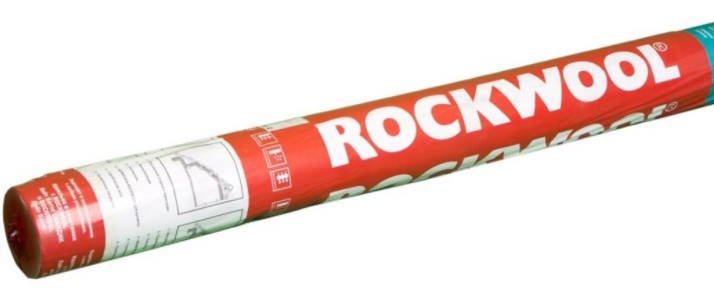
The vapor barrier film prevents the penetration of water vapor into the structure from the room. To do this, the two-layer fabric is attached closely from the branded side of the insulation to the interior of the house. The membranes and films are fixed with a construction stapler.
The next component of the insulation is the crate, which creates a gap of 10-20 mm (0.4-0.8 inches). After installation, you can proceed to the decorative coating of the roof-covering with the use of drywall, plywood or fiberboard.
Another important question may arise: how to calculate the number of packages of thermal insulation material? For the calculation, there is a formula: the area of the insulated surface (in square meters) is multiplied by the thickness of the proposed thermal insulation (in millimeters), divided by 1000, and then the resulting number is divided by the volume of one package (in cubic meters).
You can easily do this: take the roof area, divide it by the number of square meters in one package of insulation, and then multiply the resulting number by the desired number of layers. To this number, we add 10% and get the required number of thermal insulation packages. The easiest option is to use the calculation calculator on the ROCKWOOL website.
Installation recommendations, Or how to get rid of cold bridges
cold bridges (or temperature bridges) include all kinds of joints between parts of the structure that reduce the effectiveness of thermal protection of the room as a whole. There are several reliable ways to neutralize the influence of cold bridges:
- the most accurate measurement of the size of the gaps between the rafters;
- mandatory allowance of 2 cm (0.8 inches) when cutting insulation pieces;
- laying the thermal insulation material strictly from the bottom up to avoid loose fit of the plates among themselves;
- using the optimal number of layers. For example, if a thickness of 200 mm (7.8 inches) is required, it is more convenient to take 2 layers of 100 mm (3.9 inches) than 4 layers of 50 mm. (2 inches);
- filling all parts of the attic frame with insulation, including those that are hard to reach;
- the use of a special sealed material to seal the joints between the end rafters and the wall.
Is it necessary to insulate the floor covering?
The intermediate cover must be insulated if the attic is not heated. As in any other case, special attention should be paid to the lags. They need to be installed so that the free space for the insulation layer allows it to stand firmly in the frame and fit without gaps. For insulation with a width of 600 mm (23.6 inches), the optimal size of the free space will be 580-590 mm (22.8-23.2 inches).
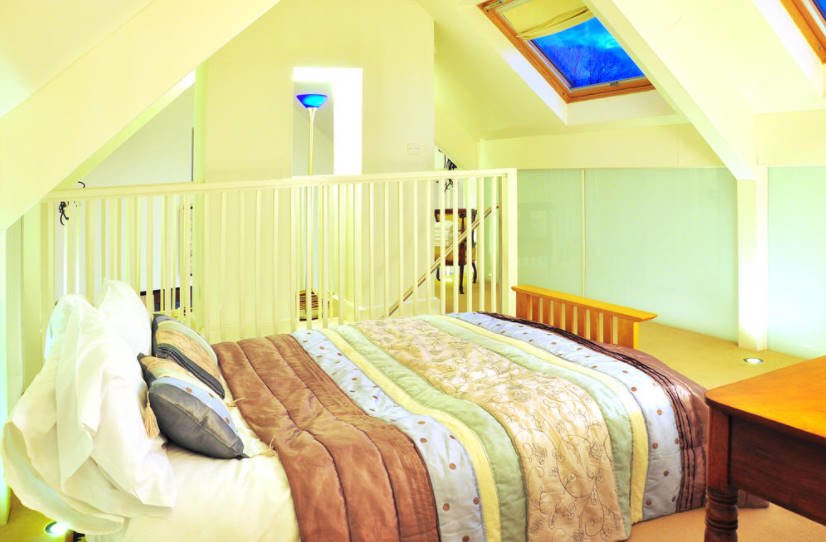
First, carefully fill the space between the logs with insulation, then cover it with a vapor barrier film from the side of the room. If you neglect the vapor barrier between the floors in the case of an unheated attic, this can lead to the fact that the warm, humid air from the first floor easily goes into the thickness of the ceiling, forming condensate in it. Thus, we can get the accumulation of moisture in the structure, which will reduce the level of thermal protection and durability.
If the height of the insulation layer is equal to the height of the logs, then create an artificial air gap with a crate. Now you can mount the ceiling trim.
However, it should be remembered that not all cases require a vapor barrier. It can be safely abandoned if both rooms are heated. In such cases, the finish can be laid immediately after the insulation layer, which will serve as a reliable sound insulation.
And finally
It is important to remember: the device of thermal insulation of the attic is aimed not only at maintaining heat in the room in the winter cold, but also to ensure coolness in the summer heat. In other words, it is a process of effective isolation of the attic room from external factors that can disrupt the comfortable microclimate of a person. Take care of this as soon as possible, ideally during the construction of the house.
